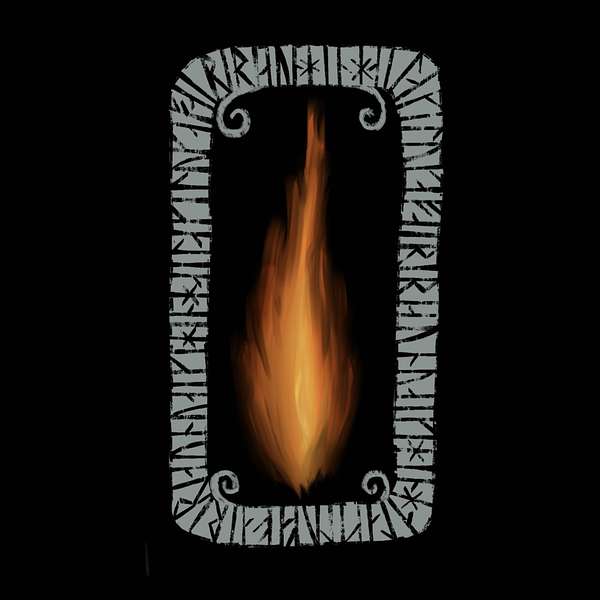
The Sacred Flame
The Sacred Flame Podcast is about the pre-Christian traditions of Northern Europe hosted by Mathias Nordvig and Amina Otto. It's available on Buzzsprout and most podcasting platforms. The Sacred Flame Podcast comes out twice a month with information and perspectives on Northern European traditions, mythology, history, and philosophy.
Mathias Nordvig has a PhD in Old Norse mythology and teaches Scandinavian studies at the University of Colorado-Boulder.
Amina Otto has an MA in Old Norse and Gaelic studies and is doing a PhD in Norse-Gaelic Viking culture at Glasgow University.
The Sacred Flame
Rune Magic Part 1: The History of Runes and the Earliest Magical Inscriptions
This episode is the first in a series about rune magic. There is a lot to cover on that topic, so I have decided to split it up in two parts. In this episode I cover the earliest inscriptions from c. 0 CE to the beginning of the Viking Age. I provide a rundown of the invention and development of the runic writing system and give an overview of select runic inscriptions that can be understood as magical or religious. Contemporary rune magic is far removed from what it was in ancient times. There is no evidence that people practiced runic meditation or divination with runes in the way that popular books on the topic suggest today. Most contemporary scholars will reject the idea that runes were used for magic at all, but that is usually because they are unfamiliar with the surviving inscriptions that clearly have magico-religious content. There are good reasons that the idea that runes could have been used for magic has fallen out of favor. I explain why that is the case in this episode, and I dig into what rune magic seems to have been about in the early period based on the available evidence.
SHOW NOTES:
Old English rune poem - Wikipedia
Stentoften Runestone - Wikipedia
Vimose inscriptions - Wikipedia
Svingerud Runestone - Wikipedia
Vadstena bracteate - Wikipedia
Abecedarium Nordmannicum - Wikipedia
Ring of Pietroassa - Wikipedia
Björketorp Runestone - Wikipedia
Golden Horns of Gallehus - Wikipedia
Gothic runic inscriptions - Wikipedia
Engraving on 2,000-year-old knife thought to be oldest runes in Denmark | Archaeology | The Guardian
Rock Carvings in Tanum - Wikipedia
Mars Halamardus – Wikipedia (in German)